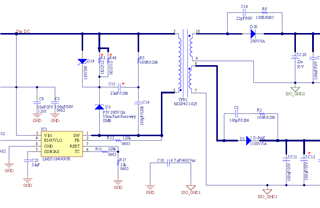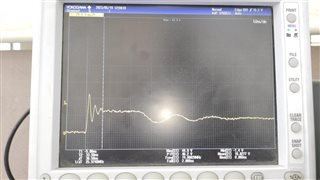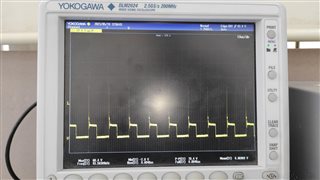Hi,
This is Pankaj working as a Hardware Design Engineer and currently working with a 5W flyback convertor with LM25184NGUR Switch IC with inbuilt MOSFET.
My Design: Vin = 6V to 14 VDC and dual output as Vout1=8.5V/675mA and Vout2= 8.5V/50mA and transformer turn ration is 1 (used 10::10:10 uH inductance) and leakage inductance is approx 1.2uH, considered = 85% efficiency.
Problem Statement: Drain waveform pk-pk Voltage comes around: 105Vpk-pk and when trying to tune with RCD snubber then also it is not going to reduce than the 80Vpk-pk and when trying with the Z-D snubber with RC value R=6.8E and C=1nF then it comes in a range to 50Vpk-pk, my concern is that I am not able to reduce the mosfet peak using RCD or R2CD snubber circuit, I do not want to use Z-D snubber, In datasheet also suggested Z-D snubber, so any specific reason to use z-D snubber with this IC?
Also, it gets failed the RE test at 80MHZ and its harmonics at 160 MHZ.
Tried Various iterations with the RCD snubber with its calculated value also but it the remains same.
Attached is the CKT for your reference.



BR,
Pankaj





